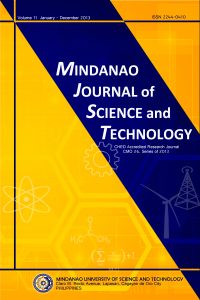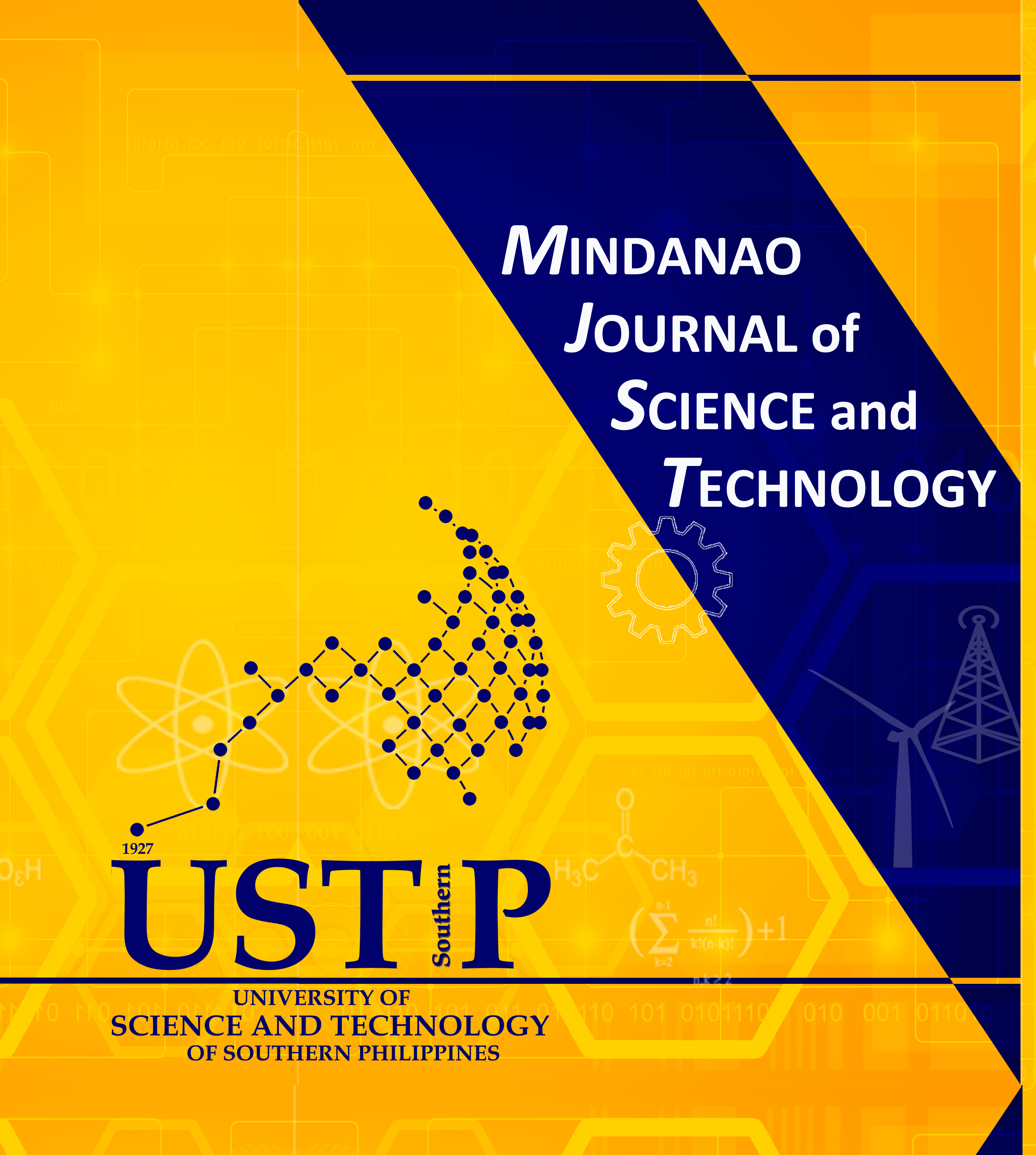Carbon Sequestration Potentials for Agro-forestry System and Grasslands in Bukidnon and Cagayan de Oro Landscape
Keywords:
carbon stock, sequestration, biomass, agro-forestry system, climate changeAbstract
This study aimed mainly to determine the biomass accumulation and carbon sequestration of grassland ecosystem in Barangay Pualas Bukidnon. Sample plots were established throughout the one-hectare area for data collection. The measurement of biometrics and biomass of each plant in the canopy was computed using allometric regression equation for the above ground biomass, estimated below ground biomass, necromass from the canopy, layer and carbon density, or estimated carbon content / stock of biomass of trees using (IPCC) model. Other inputs were climatic data, physiographic and soil chemical properties. General findings revealed that trees (woody vegetation) have more carbon stocks compared to grassland/ pastureland per unit area. The estimated carbon stocks for grassland was 2.78 Mg, discrete patches was 10.9 Mg and 0.4731 Mg for litter layer. Agro-forestry system using alley cropping or hedgerow intercropping are dominated by fruit trees, palm and rubber which normally do not grow are big as forest trees, thus lesser carbon stock. This study generates an essential information in the implementation relevant to the expanded. Reducing Emissions from Deforestation and Forest Degradation (REDD+) as payment for environmental services for transforming grassland into an agro-forestry system. This system design is a potential restoration of watershed quality of water devastated during flashflood from the tragic typhoon “Sendong’ and typhoon “Pablo”.










